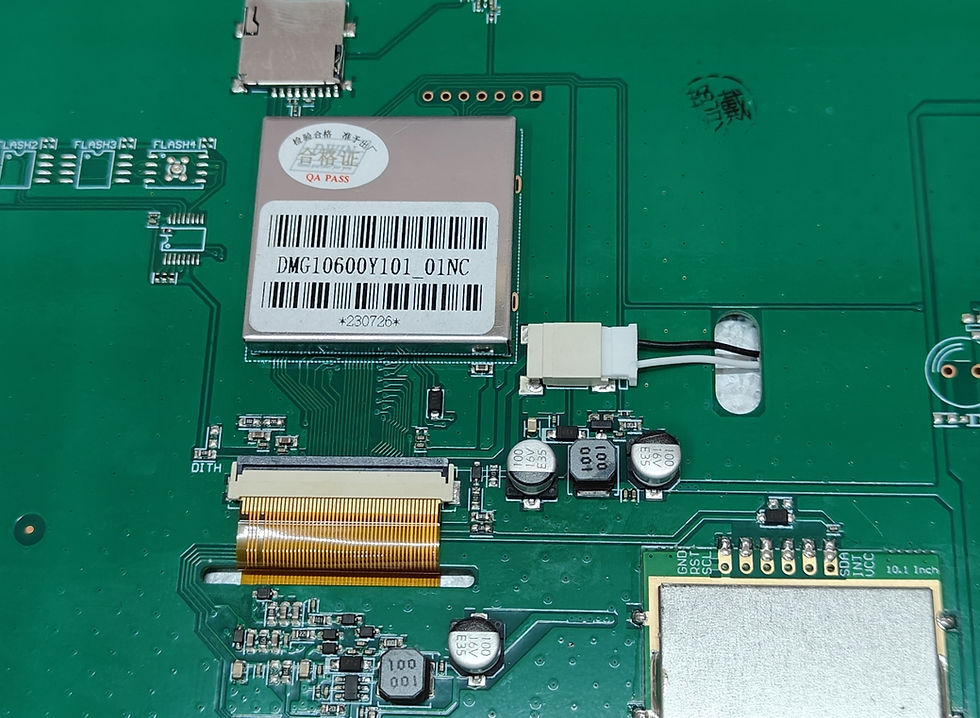Description:
The DM556 is a versatile, fully digital step-by-step controller based on a DSP with an advanced control algorithm. This controller is the next generation of digital stepper motor controls. It brings a unique level of smoothness to the system, providing optimal torque and nullifying mid-range instabilities.
Its unique features make the DM556 an ideal solution for applications that require low-speed smoothness.
Characteristics:
- Anti-Resonance, provides optimal torque and overrides mid-range instabilities
- Supply voltage from 20 VCD up to +50 VDC (it is recommended not to exceed 45 V due to the "EMF back")
- Programmable output current, 1.4 A to 5.6 A
- Automatic reduction of the repose current (in stop mode) to reduce engine heating; switchable function (reduction rate can be configured by software)
- Engine self-testing and parameter self-configuring technology, offers optimal responses with different motors
- Pulse input frequency up to 200 kHz
- TTL-compatible and optically isolated input
- Adjustable 1/128 microstep (400 to 25600 pulses per revolution)
- Programmable microstep resolutions, from full step to 25600 steps/rev.
- Suitable for 2 and 4 phase motors
- Surge, overcurrent and phase error protections
- Supports PUL/DIR and CW/CCW modes
- Extra low engine noise offers excellent silence
Applications:
- Suitable for a wide range of stepper motors of sizes NEMA 17, 23 and 34 (42 x 42 mm to 86 x 86 mm).
- It can be used in various types of machines, such as X-Y tables, engraving machines, labeling machines, laser cutters, collection devices, etc.
- It is particularly suitable for applications where low noise levels, lower heat development, high speed and high accuracy are desired.
Function of the pins:
Pulse Signal (PUL):In single pulse mode (pulse/direction), this input represents the pulse signal, each active rising or falling edge (configurable by software); 3.3-24V when PUL-HIGH, 0-0.5V when PUL-LOW. In dual-pulse (pulse/pulse) mode, this input represents the clockwise (CW) pulse, active at both the high and low levels (configurable by software). For reliable response, the pulse width must be greater than 2.5μs.
DIR signal: In single-pulse mode, this signal has low/high voltage levels, representing two directions of motor rotation; in dual-pulse mode (configurable by software), this signal is an anti-clockwise pulse (CCW), active at both high and low level (software configurable). For a reliable motion response, the DIR signal must be ahead of the PUL signal at least 5μs. 3.3-24V when DIR-HIGH, 0-0.5V when DIR-LOW. Note that the direction of rotation is also related to the matching of the motor wiring. If the connection of two wires of a coil to the drive is changed, the direction of movement will be reversed.
Enabling Signal (ENA):This signal is used to enable/disable the drive. High level (NPN control signal, PNP and differential are the opposite, that is, low level for enablement.) to enable the drive and low level to disable it. It is usually left UNCONNECTED (ENABLED). Enable signal: This signal is used to enable/disable the drive. High level (NPN, PNP and differential control signal are the opposite, i.e. low level for enablement) to enable the converter and low level to disable it. It is usually left UNCONNECTED (ENABLED).
+ V: Power supply, 24~50 VDC, including voltage fluctuation and EMF voltage
GND: Feed Ground
A+/A-: Engine Phase A
B+/B-: Engine phase B
































